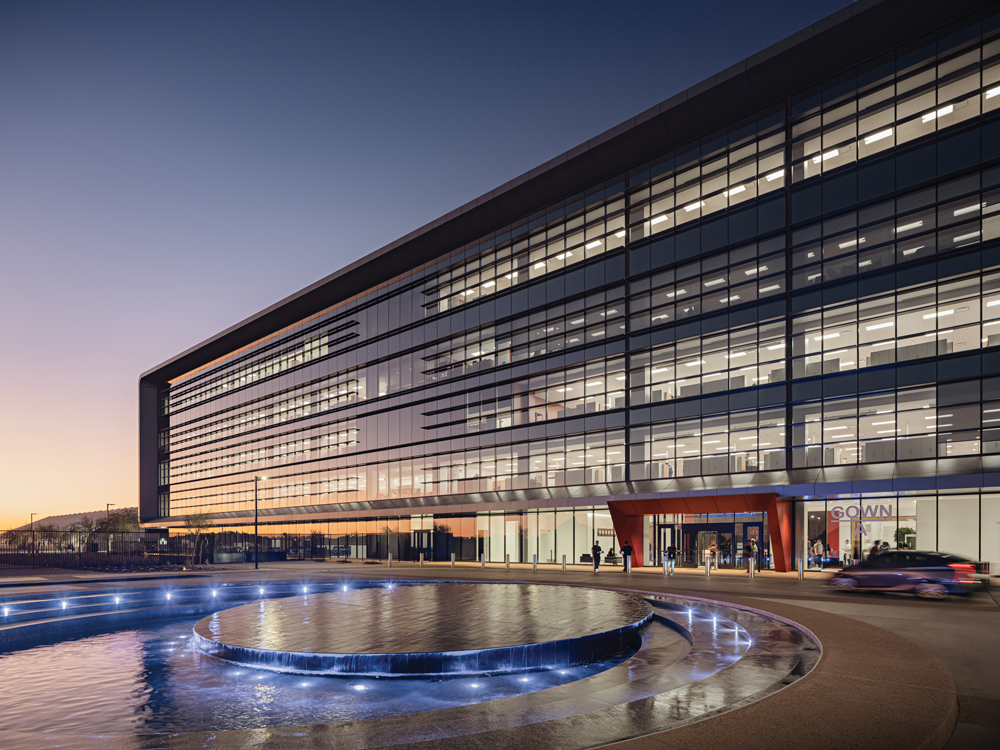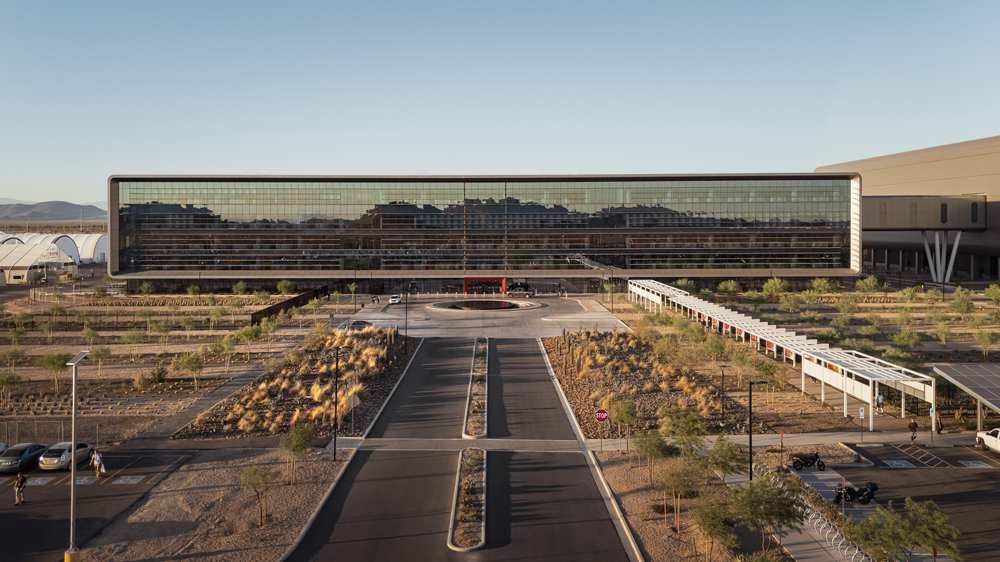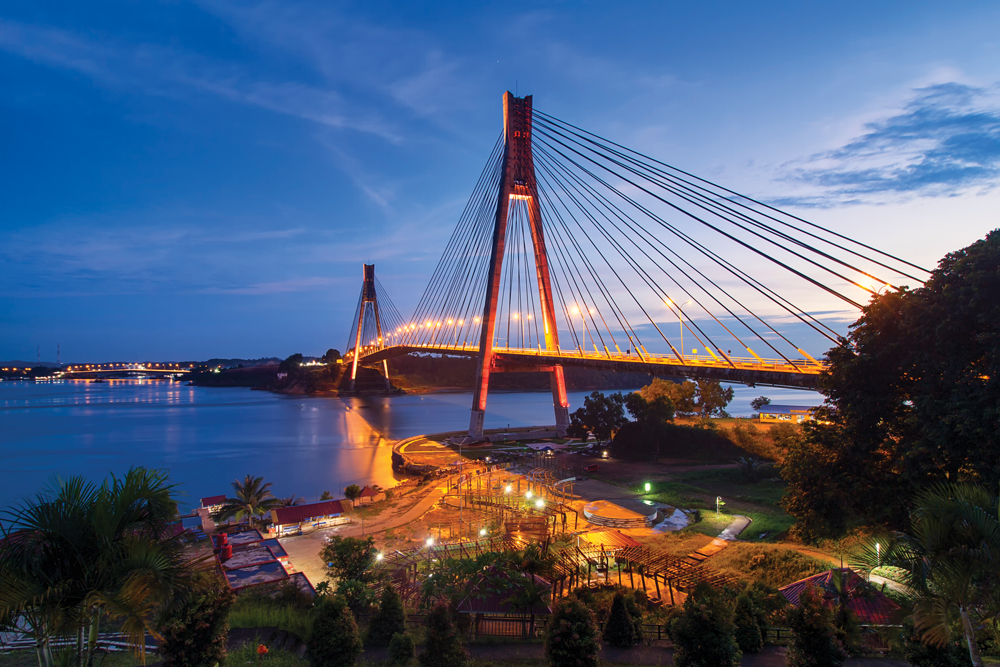What to do when ‘wait and see’ is not an option.
by JOHN EVANS Co-founder, Tractus Asia Ltd.
Undertaking a proper site selection analysis for manufacturing operations, corporate headquarters, R&D hubs or back-office services centers has always been one of the keys to successful FDI. Whether it was a relocation or new investment, near home or one that went halfway around the world, running an analytical process that considered both “must haves” and “wants” is essential. Couple this with a sensitivity analysis to evaluate the impact of various risks results in C-suite executives making informed decisions on the optimal locations for their investments.
For 20-plus years, essentially 1995 through 2015, multinational (MNCs) manufacturers viewed China as the best location to establish a global export center. These investments took advantage of the significant labor arbitrage, attractive government investment incentives, the adoption of innovative technologies, and a welcoming business environment. China’s economy was healthy as the investment of the past two decades had created the world’s fastest growing economy. Even as wages rose, companies continued to make investments in China to take advantage of the rapidly developing domestic market.
The average manufacturing labor costs in China had equaled Mexico’s and Brazil by 2016, according to the National Statistics Bureau. Thus began a trend of companies looking for smaller manufacturing facilities, utilizing more automation and technology workers that were proximate to the end consumer. The global pandemic, rising nationalism, trade wars and, unfortunately, real wars have all made investment and site selection decisions more daunting during this past decade of uncertainty. It has also made the identification of risks, an analysis of their impact and strategies for mitigation more important.
There will always be risks, both macro and micro. The impact of risk on investment decisions has never been greater than during the last decade … until now and President Trump’s second term.
Policy Influences on Site Selection
MNCs are cash-rich due to a strong global economy and stock market performance over the past few years. Companies have been worried about global and domestic events and have not employed much of that “dry powder” on acquisitions or greenfield expansions. A crucial factor delaying investment decisions in 2024 was the uncertainty surrounding the U.S. presidential elections and the next administration’s actions.
Trump 2 has arrived and, as promised during the election, he and his team are moving quickly to make campaign pledges a reality. To date he has doled out executive orders more frequently than former President Ronald Reagan handed out Jelly Belly candies to his White House guests. These decrees have been domestically focused. The speed at which they’ve been launched and lack of clarity on how they may be implemented has caused fear and angst over how these policies may impact companies’ U.S. or global investment decisions.
The Trump tariff strategy seems to be one of threatening in order to achieve a negotiated settlement. Witness Canada and Mexico. Failure to do so results in the quick launch of tariffs followed by a reciprocal imposition of taxes and/or duties from the targeted nation. For example, after the February launch of a 10% duty on all imported Chinese goods, China’s immediate response was to launch 15% and 10% duties on imported U.S. gas and oil, respectively. China also launched retaliations such as investigating Google for violating antitrust laws and black-listing PVH Corp, the owner of the Calvin Klein and Tommy Hilfiger brands, for “discriminatory measures against Chinese enterprises.”
A big question in Asia is whether tariffs will expand to nations beyond China. India’s President Narendra Modi will certainly look to strengthen his ties with the new Trump administration. He does not want U.S. policy to slow down India’s economy, which has been growing at more than 5% per year. He also does not want anything to impede the emergence of India as a global manufacturing investment destination due to its lower-cost, highly skilled, English-speaking technical work force and potential domestic demand.
Southeast Asian nations like Thailand and Vietnam have been destinations for Chinese investors relocating or expanding from China. These countries hope they are not targeted under a country-of-origin review, or tariffs directed at the Chinese investors exporting from ASEAN to the U.S.
The use of tariffs is not new and evaluating the impact of tariffs has always been a key component to site selection. The only difference from the past is that today, instead of only analyzing the cost impact of existing tariffs — such as India’s relatively high import duties on goods — there needs to be a detailed sensitivity analysis of the cost impact of potential tariffs weighed against the probability of these duties being implemented.


Despite some labor and supply chain headaches, TSMC Arizona continues to post dozens of new job openings at its planned $65 billion, multi-fab complex in Phoenix and reports early high-volume production has begun “with a yield rate comparable to its advanced fabs in Taiwan.”
Photos courtesy of TSMC Arizona
The Trump administration may make an isolationist turn promoting reshoring of all manufacturing to the U.S., attempting to decouple not only from China, but other nations that hold positive trade balances with the U.S. While theoretically plausible, in a world where supply chains are globally integrated, it is impossible to implement. If implemented, at what cost? And can the U.S. labor force support a high level of manufacturing reshoring? Current U.S. immigration policy could negatively impact FDI.
Site selectors always include regulatory factors in their analysis. The U.S. CHIPS and Science Act of 2022 and its $280 billion in investment subsidies under President Biden to target investment into the semiconductor sector has resulted in more than $450 billion in pledged investments from major semiconductor players including Intel, TSMC, Samsung and Micron. But from a site selection perspective, the incentives may have spurred investments into challenging locations. With $6.6 billion in federal incentive dollars Arizona aggressively courted and attracted TSMC and its pledged $65 billion investment. Labor shortages, regulatory delays and supply chain challenges have been documented.
Then again, in its January 2025 earnings call, TSMC executives announced that TSMC Arizona had “started high-volume semiconductor production on its N4 process technology with a yield rate comparable to its advanced fabs in Taiwan,” a company timeline reports. TSMC is investing more than $5 million in on-the-job training hours and education tuition support for nearly 130 new apprentices. And as of late February, the company showed 111 positions it was hiring for in Arizona — all of them posted since the new presidential administration took office. Perhaps both the carrot and the stick have had some effect.
Another example is Indonesia. As an emerging market it has long had protectionist policies on investment. As reported in the East Asia Forum in December 2024, in October 2025 Indonesia banned the sale of Apple phones due to Apple not meeting the minimum 40% local content rule. Indonesia then strong-armed Apple to commit to a manufacturing investment of at first $10 million, then $100 million and finally a pledge for $1 billion. Apple’s long-term suppliers are all scrambling to find sites to meet Apple’s commitment. (Meanwhile, Apple in late February committed to investing $500 billion in the United States.)
Most of the world, from executives to economists to media pundits on both sides of the U.S. political aisle, is taking a wait-and-see approach on the Trump administration. While this may be a reasonable response in the short term, for publicly listed companies needing to report quarterly, a wait-and-see approach will only hinder them from achieving their growth goals and impede them from hitting quarterly forecasts.
Do Not Just Wait and See
In today’s heightened era of uncertainty, what should MNCs do now as they look to invest in locations near-market with more highly automated and technically driven plants? The move away from a free trade-focused world to one where tariffs look like they are here to stay necessitates that MNCs broaden their location analysis:
- Identify the location of the market centers for the greatest demand.
- Undertake a global manufacturing footprint optimization of existing operations.
- a. Determine if any of these manufacturing plants are restricted or hampered from serving these geographic market centers by tariffs or regulations.
- Determine if there are gaps in the global footprint and which market centers need an in-market or near-market manufacturing facility.
- Conduct a rigorous site selection analysis in that market center geography.
- Include in the business modeling a dynamic sensitivity analysis to evaluate the probability and impact of current and projected risks to your business.
Global uncertainty is not going away soon. Whether it is the Trump effect and its unpredictability, or regulatory changes by the government in one of your biggest markets or manufacturing locations, today’s global trend of isolationism is likely to impact existing or planned investments. MNCs cannot wait around. They need to make decisions on the best locations to place their investments to continue to meet forecast growth and financial targets.
The events of the past 10 years have demonstrated that MNCs need to be increasingly diligent in their investment and site selection analysis. This ensures that executives are making informed decisions. The next four years and beyond will see a continuation of this era of uncertainty. Make sure the business location strategy is ready.
John J. Evans is co-founder and managing director of Tractus Asia Ltd., which has assisted companies in navigating the complexities of Asian expansion for 25 years. For more information, visit tractus-asia.com.
